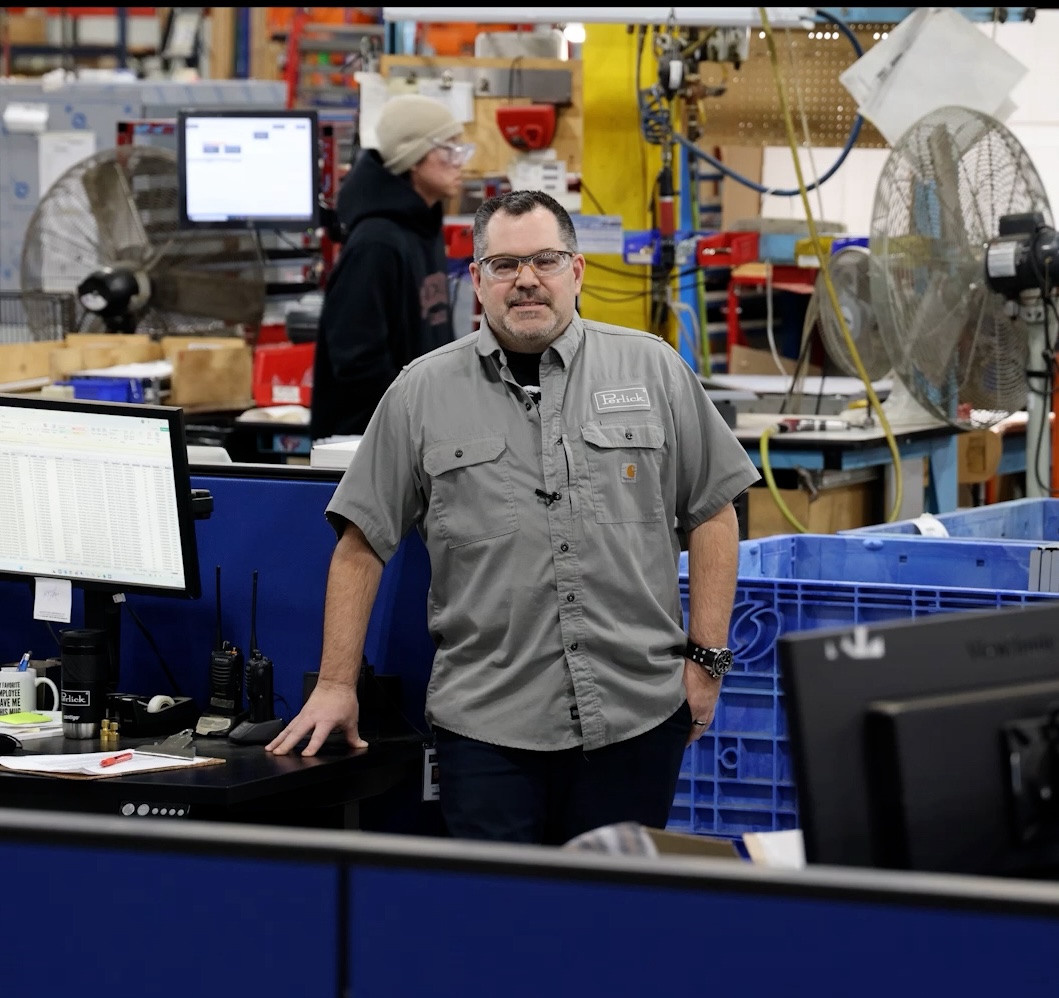Wines by the glass are an important part of any beverage program, particularly because they don't require customers to make full commitments to a bottle. But what are the benefits received by the restaurant or foodservice operation, and what are the challenges?
For starters, the mark up on wines-by-the-glass is greater than the markup an operation typically sees on the whole bottle. This means wines-by-the-glass can be more profitable. But they also come with a plethora of challenges.
Opened wine that isn't consumed and sits for prolonged periods can turn quickly. As oxidation occurs, the wine simply goes bad. That's why it's important to properly store opened wine with accurate temperature controls. Consider refrigeration that allows for storage of open wine bottles.
Restaurants and foodservice operators that serve wine-by-the-glass are often hesitant to serve some of the finer wines for this very reason. They're afraid of the good stuff going bad. But new advances and wine-by-the-glass service techniques are now providing opportunities to serve fine wines by the glass.
Wine on tap is a growing trend in the beverage industry. The advantages are reduced waste, reduced ordering processes and trash disposal, more consistent wine, and higher profitability because operators buy wine by the keg instead of the bottle.
In reality, there are a range of solutions available for operators looking to serve wine by the glass. Learn more by reading the Perlick Guide to Storing and Dispensing Wine to see how it's done... the right way.
Learn about the best ways to store and serve wine.










